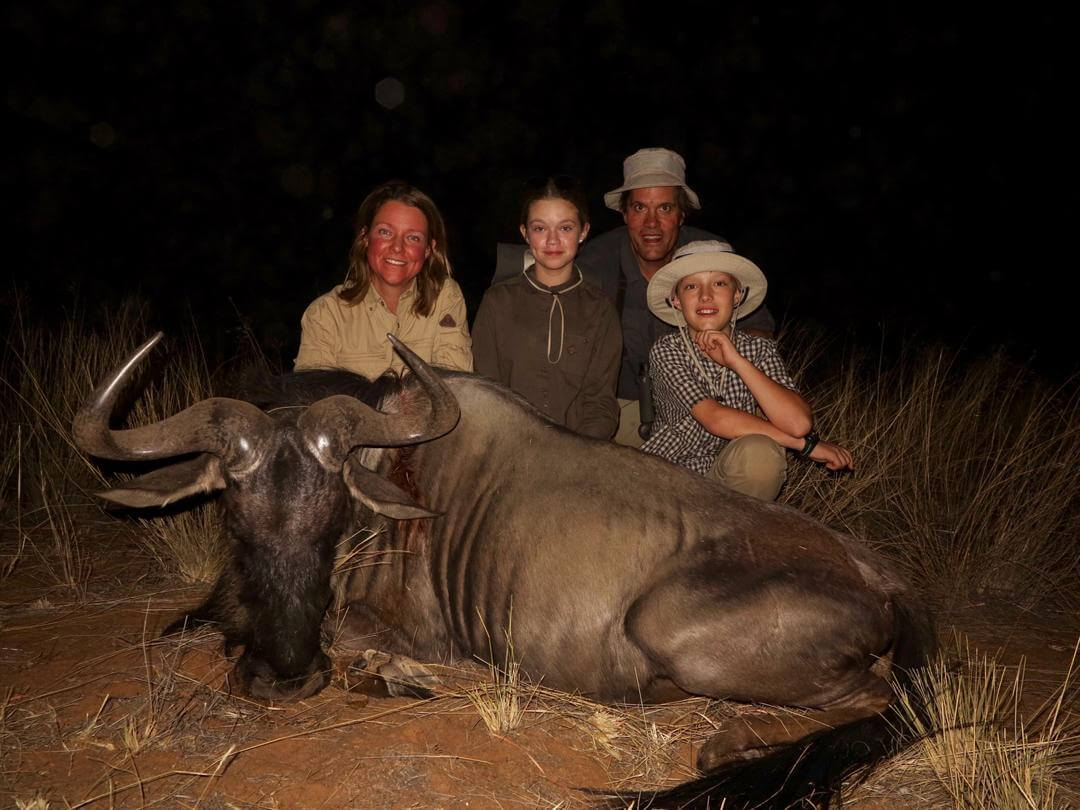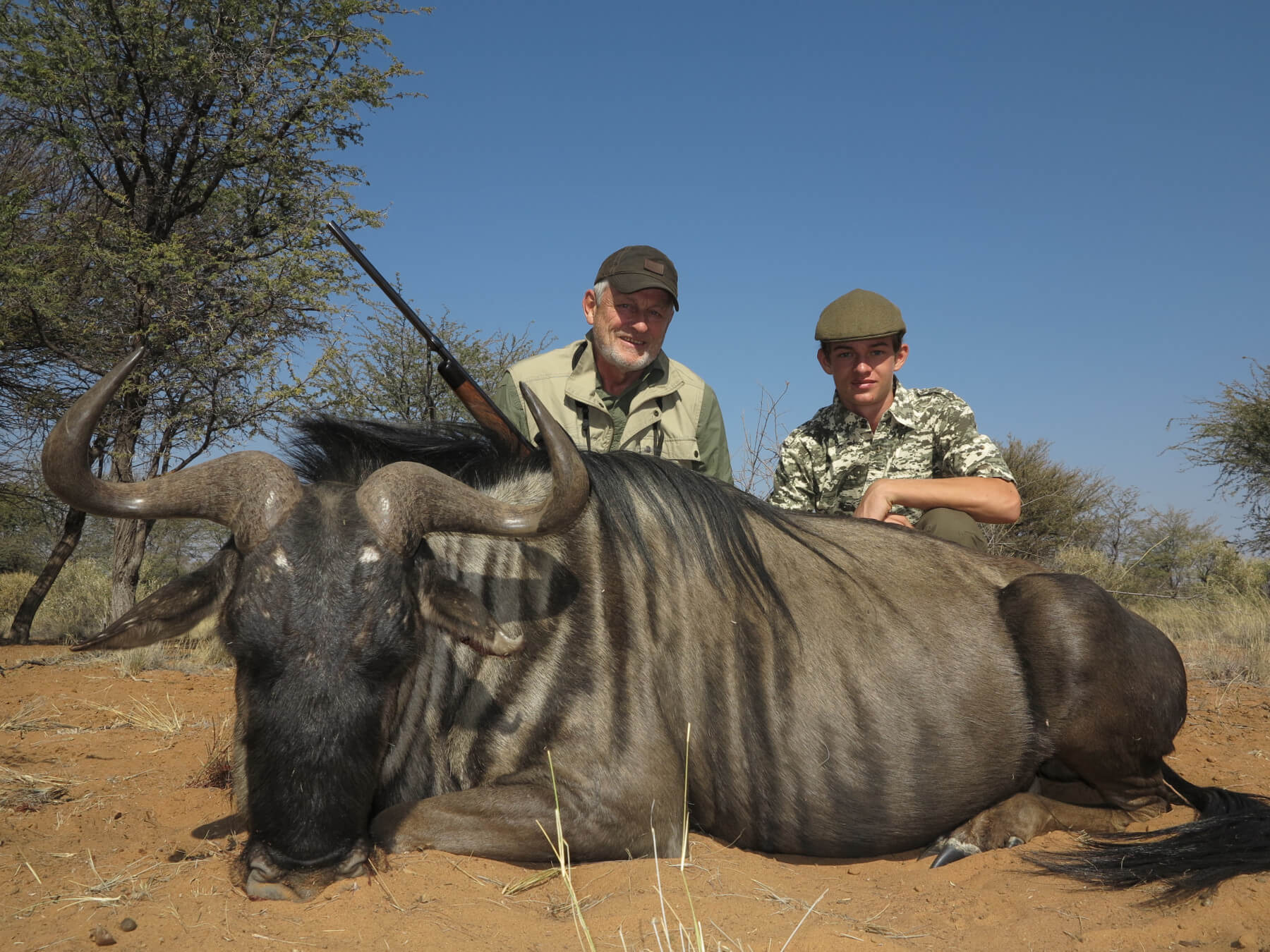They are found in one very specific spot on Earth: southern and eastern Africa, from Kenya to Namibia. They prefer savannahs and plains, but they can be found in a variety of habitats, including dense bush and open woodland flood plains. Wildebeest herds are constantly on the search for food and are active day and night.
They communicate through sight and smell, but are also very vocal. Blue wildebeest males can bellow loud enough that the sound travels up to 1.24 miles (2 kilometers). As territorial creatures, herds have a certain area they call their own. An average herd's territory encompasses almost 1 square mile (1.5 square kilometers).




